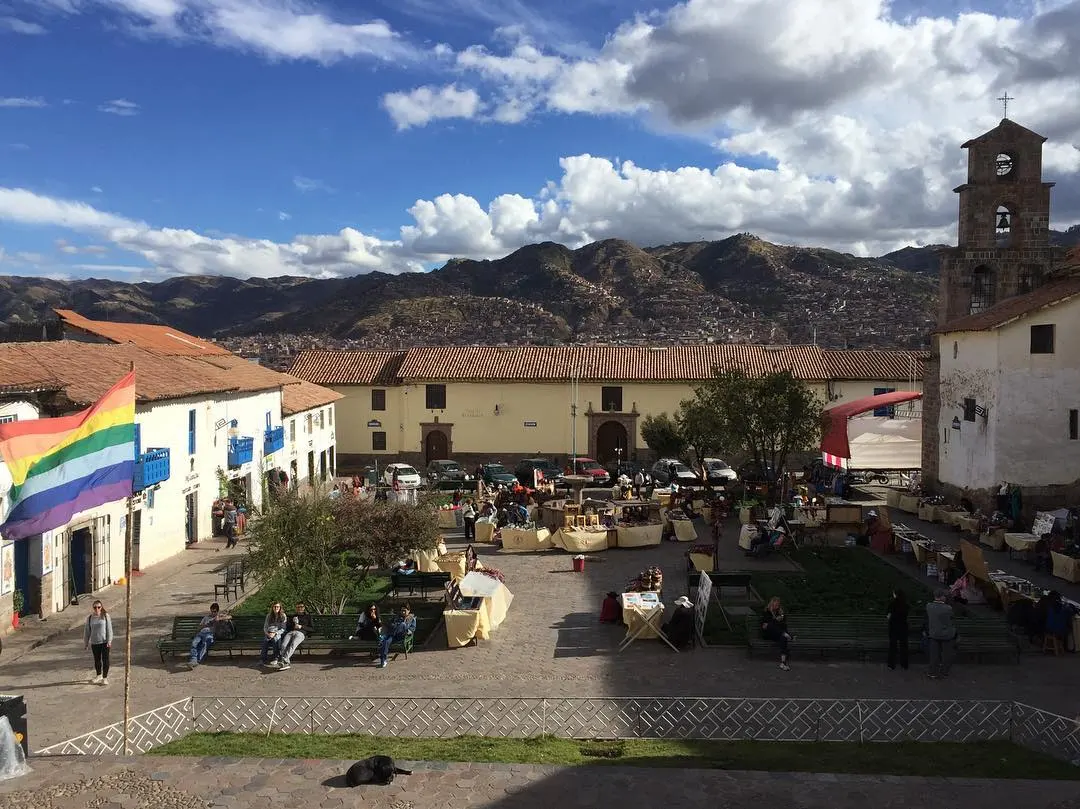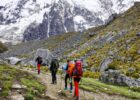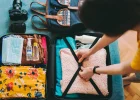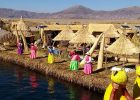The San Blas neighborhood is one of the most charming and historically rich areas of Cusco. Known as the “artists’ quarter,” this corner of the city offers a unique blend of art, tradition, and colonial architecture, making it a must-visit for anyone traveling to the former capital of the Inca Empire. In this complete guide, we’ll explore everything that makes San Blas special—from its historic legacy to the unmissable activities you can enjoy on its picturesque cobbled streets.
Discover the Charm of San Blas
Why San Blas Is Known as the Artists’ Quarter
San Blas is famous for hosting a large community of artisans and artists. Here you’ll find wood carving, ceramic, and jewelry workshops, along with galleries exhibiting one-of-a-kind pieces. Many of these artists are descendants of traditions dating back to colonial times, making this neighborhood a true cultural and creative hub.
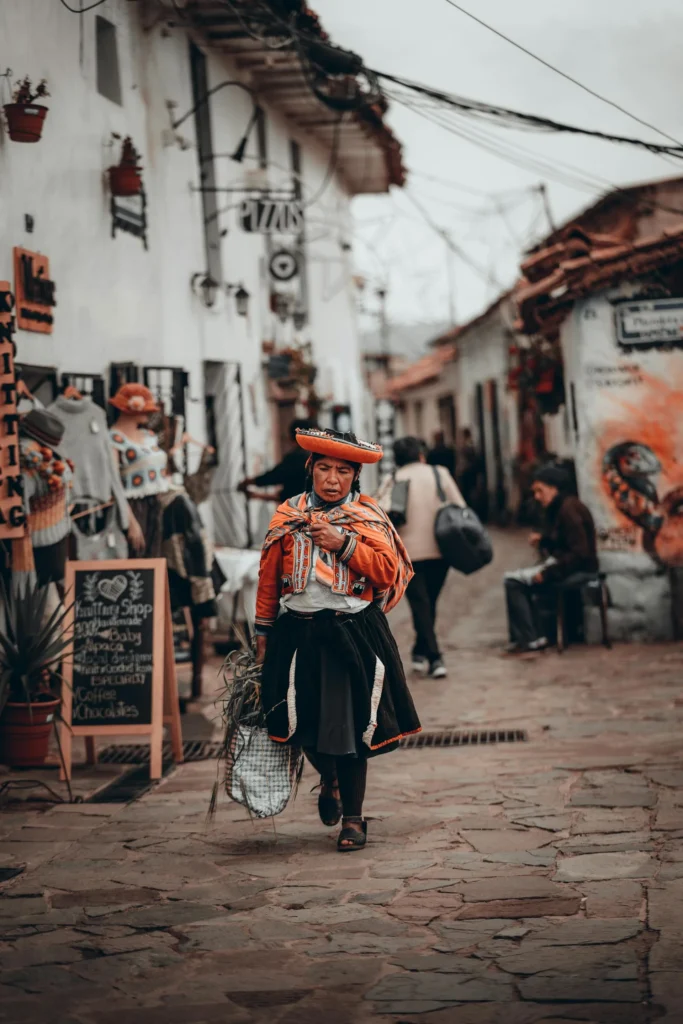
A Historical and Cultural Gem in the Heart of Cusco
Located just minutes from the Plaza de Armas, San Blas stands out for its authenticity. This neighborhood is a place where history blends with modern life, offering an experience that captivates both tourists and locals. Its narrow cobblestone streets, decorated with colonial balconies, are ideal for wandering and discovering hidden gems at every turn.
What Makes San Blas Special
Its Artistic and Cultural Legacy
San Blas is home to artisan families who have passed down their knowledge for generations. Among the most renowned are Hilario Mendivil, known for his long-necked religious sculptures, and Edilberto Mérida, a master of expressionist ceramics. Strolling through the neighborhood gives you the chance to witness these traditions and take home an authentic souvenir from Cusco.
Cobbled Streets and Panoramic Views
One of San Blas’ most attractive features is its well-preserved colonial architecture. Thanks to its hillside location, the neighborhood also offers spectacular views of Cusco. The Cuesta de San Blas (San Blas Slope) is especially popular for its artisan shops and cozy cafés, where you can enjoy the area’s bohemian vibe.
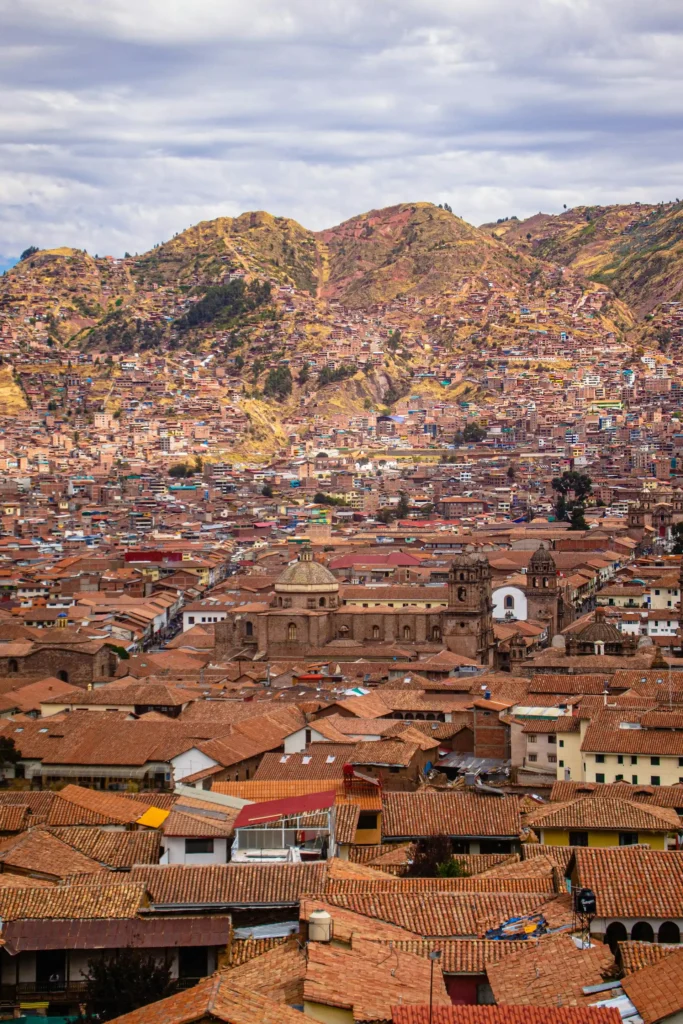
History of the San Blas Neighborhood
Inca Origins of the Neighborhood
Before the arrival of the Spanish, San Blas was an important Inca settlement known as “T’oqokachi”, meaning “salt cave.” Some studies suggest this area housed temples used for Andean rituals and that its strategic location made it a key point within the city.
Transformation During the Colonial Era
With Spanish colonization, San Blas transformed into a predominantly colonial neighborhood. Inca structures were adapted to European needs, resulting in a unique architectural fusion. The San Blas Temple, for example, was built atop an ancient Inca religious site.
The Rise of Art and Handicrafts in San Blas
During the colonial period, the neighborhood became a hub for the production of sacred art. Local families developed unique techniques that remain characteristic of Cusco art to this day.
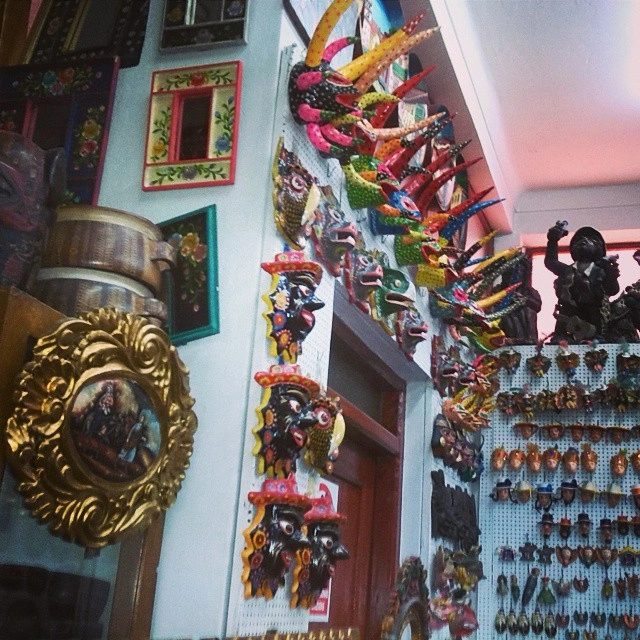
What to See and Do in San Blas
Streets and Iconic Sites
Hatun Rumiyoc Street and the Twelve-Angled Stone
One of Cusco’s most famous streets, Hatun Rumiyoc connects the Plaza de Armas with San Blas. Here, you’ll find the legendary Twelve-Angled Stone, a remarkable example of Inca architectural precision.
Cuesta de San Blas: History and Charm
Walking up the Cuesta de San Blas is an experience in itself. Its narrow streets are full of artisan shops, cafés, and restaurants with views of the neighborhood.
Galleries and Art Workshops
Hilario Mendivil and Family Gallery
This space is a tribute to the work of Hilario Mendivil, renowned for his religious sculptures with elongated necks. His workshop still produces unique pieces you can purchase as souvenirs.
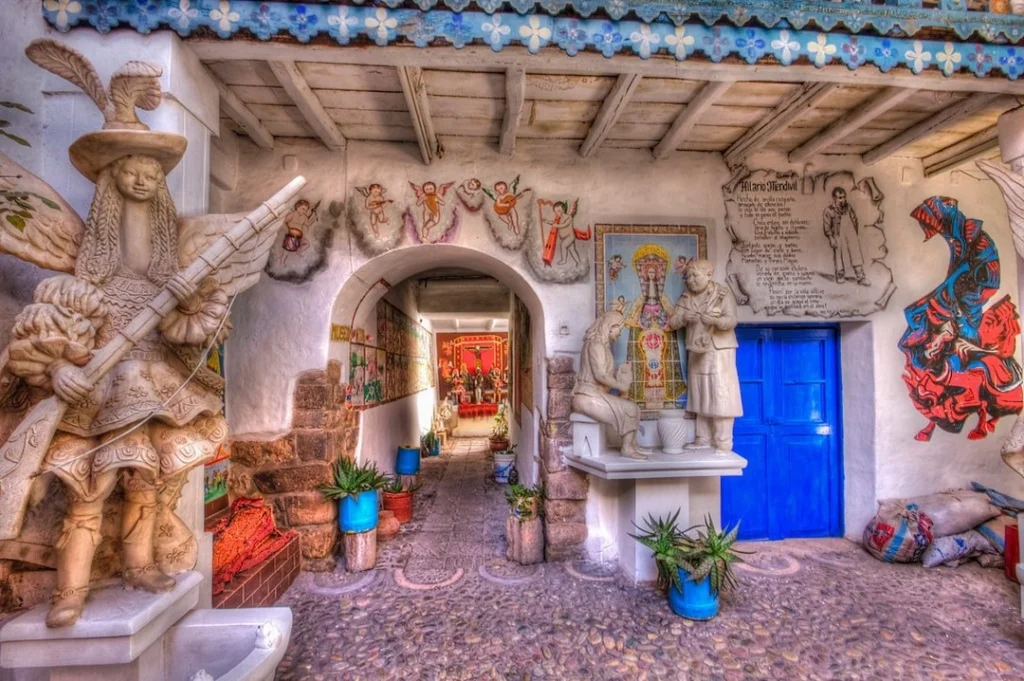
Olave Workshop: A Living Tradition
The Olave family is well known for their miniature creations, especially the popular Cusqueñan nativity scenes.
Monuments and Historic Buildings
San Blas Temple: History and Religious Art
This temple is famous for its main altar, a masterpiece carved from cedar wood. Its hilltop location also offers a privileged view of the neighborhood.
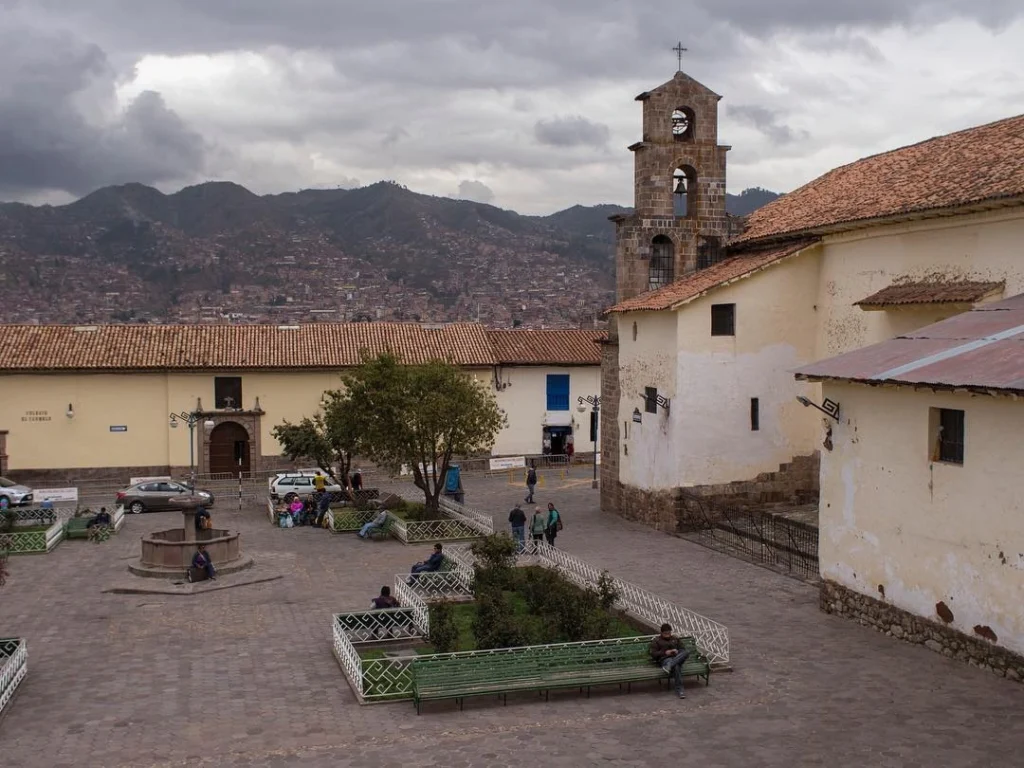
Casa Mérida: Architecture and Culture
This historic building combines colonial and Indigenous elements and now hosts cultural exhibitions and art events.
San Blas Market
A Journey Through Local Gastronomy and Handicrafts
The San Blas Market is the perfect place to try traditional dishes like stuffed rocoto or quinoa soup, and to purchase crafts made by local communities.
San Blas Neighborhood Photo Gallery
San Blas is a paradise for photographers. From its colorful wooden doors and colonial balconies to the breathtaking views of Cusco at sunset, every corner of the neighborhood offers a picture-perfect moment.
